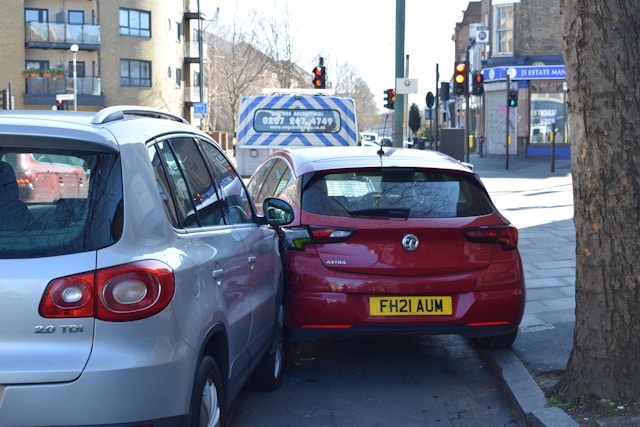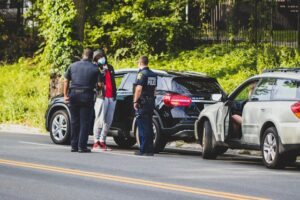
Car accidents can turn an ordinary day into a whirlwind of stress and confusion. When two vehicles collide, the aftermath often raises countless questions about who is at fault. Determining liability is crucial for resolving insurance claims and potential legal actions. This is where car accident attorney laredo comes in. But how exactly is this responsibility established? From traffic laws to eyewitness accounts, several factors come into play when figuring out what happened on the road. To better understand how liability works in car accident cases, let’s dive deeper into these essential elements.
Traffic Laws and Regulations
 Traffic laws are designed to keep everyone safe on the road. These regulations set clear expectations for driver behavior, including speed limits, right-of-way rules, and signaling requirements. These laws serve as a framework for determining liability when an accident occurs. If one party violated a traffic regulation—like running a red light or driving over the speed limit—that can significantly impact fault in the incident. Additionally, local ordinances may have specific rules that apply to particular areas. For instance, school zones often have stricter speed limits during certain hours. Knowing these nuances is crucial when assessing responsibility.
Traffic laws are designed to keep everyone safe on the road. These regulations set clear expectations for driver behavior, including speed limits, right-of-way rules, and signaling requirements. These laws serve as a framework for determining liability when an accident occurs. If one party violated a traffic regulation—like running a red light or driving over the speed limit—that can significantly impact fault in the incident. Additionally, local ordinances may have specific rules that apply to particular areas. For instance, school zones often have stricter speed limits during certain hours. Knowing these nuances is crucial when assessing responsibility.
Negligence
Negligence plays a crucial role in determining liability in car accident cases. It refers to the failure of an individual to act with the level of care that a reasonable person would exercise under similar circumstances. When one driver acts recklessly or carelessly, they may be considered negligent. This can include behaviors like speeding, texting while driving, or running a red light. To establish negligence, it must be proven that the driver’s actions directly contributed to the accident. The victim needs to show how these actions caused harm or damage. The concept also involves comparing faults between drivers.
Police Reports
Police reports play a crucial role in determining liability in car accident cases. When officers arrive at the scene, they gather details to clarify what happened. These reports typically document the facts, including time, location, and involved parties. They often include diagrams or sketches of the accident site. This visual representation can help understand how the crash occurred. Additionally, police reports may contain information about any traffic violations observed. An officer’s assessment of who was at fault adds weight to the evidence presented later.
Witness Statements
Witness statements can be crucial in determining liability after a car accident. Eyewitnesses often provide an impartial perspective on the events leading up to the collision. These accounts can reveal important details that official reports may not capture. A witness might notice factors like speeding, erratic driving, or road conditions just before the crash. Personal testimonies also help paint a clearer picture of who was at fault. Their observations add credibility to one party’s version of events over another’s. However, it’s essential to assess the reliability of witnesses.
Determining liability in car accident cases is a multifaceted process. Traffic laws and regulations set the groundwork for understanding who was at fault. These rules exist to maintain order on the roads, so knowing them can provide significant insights into an accident’s circumstances. Understanding these elements helps paint a clearer picture of liability in car accidents. Each factor contributes its piece to this complex puzzle, guiding insurance claims and potential legal actions moving forward.